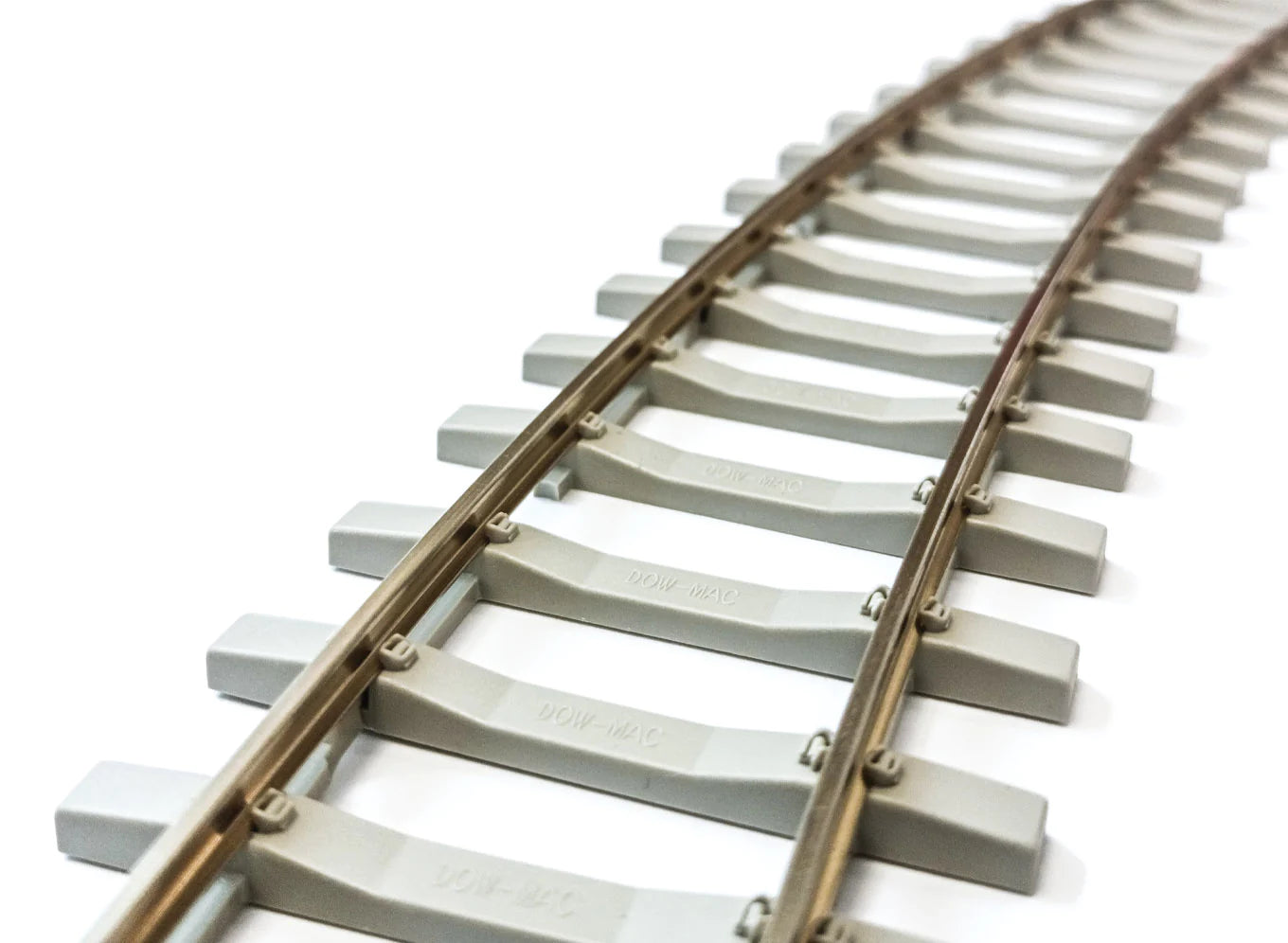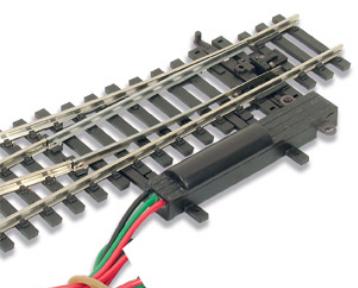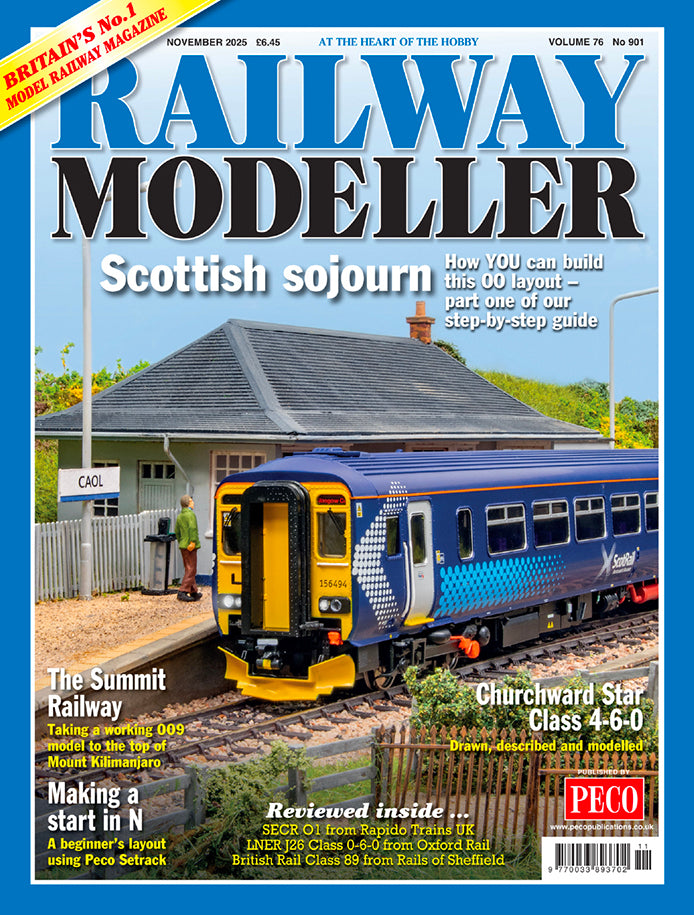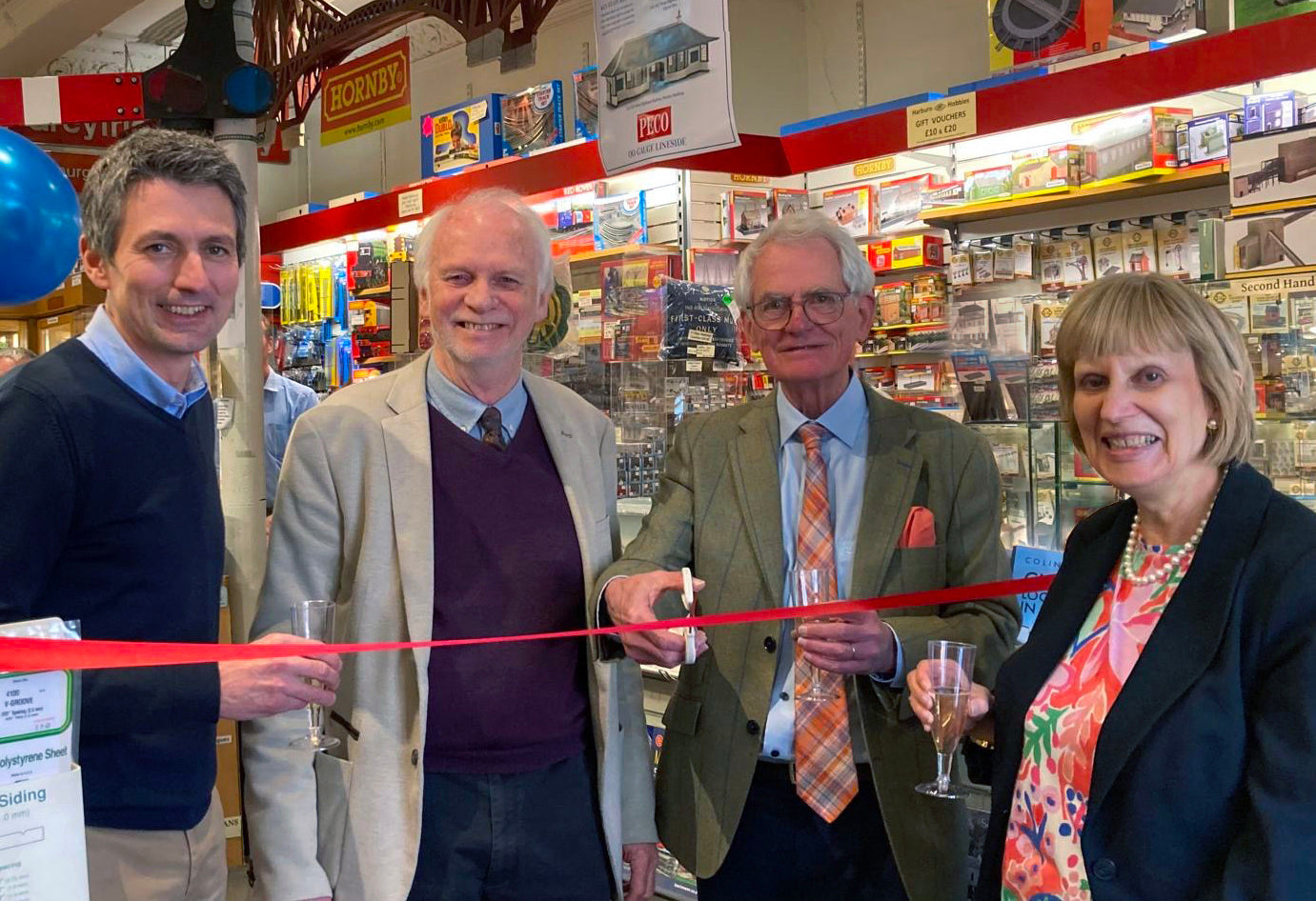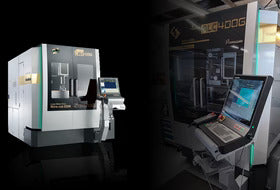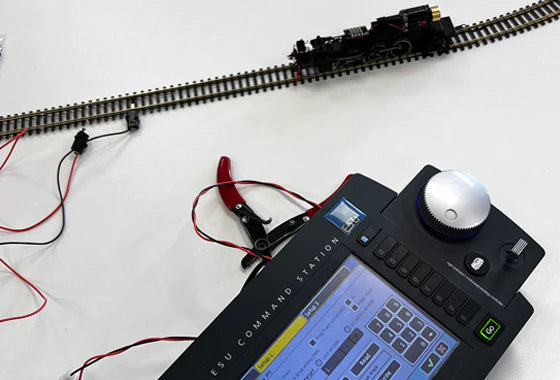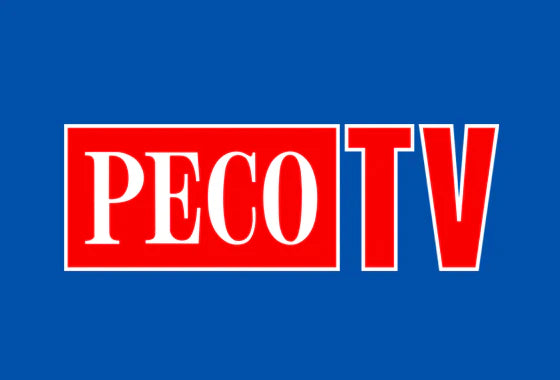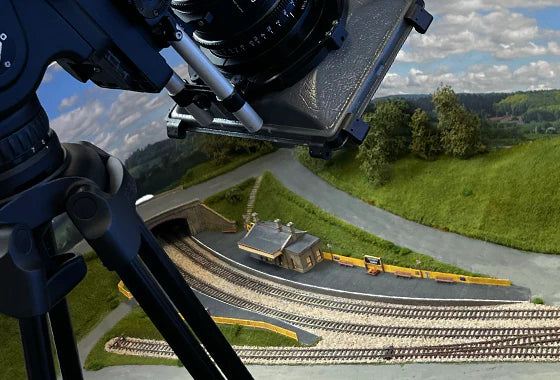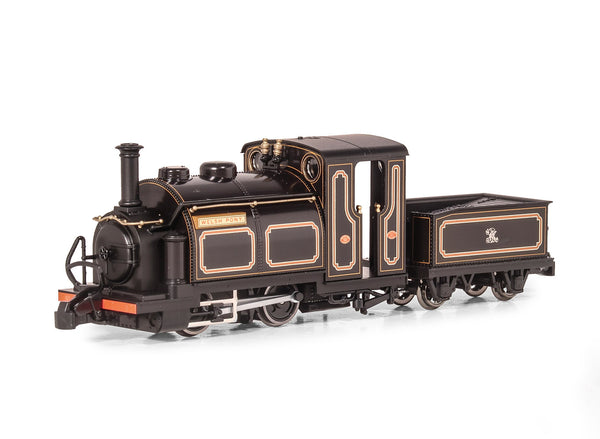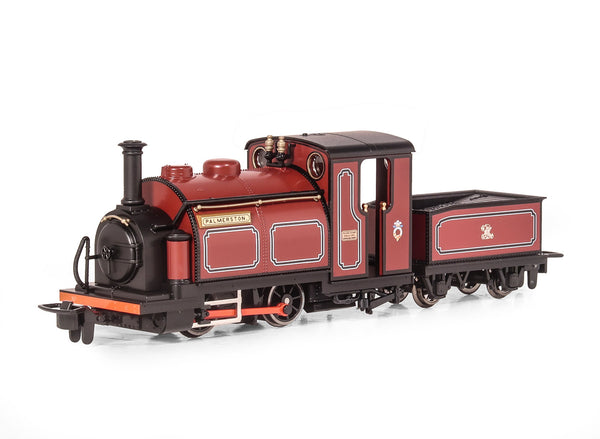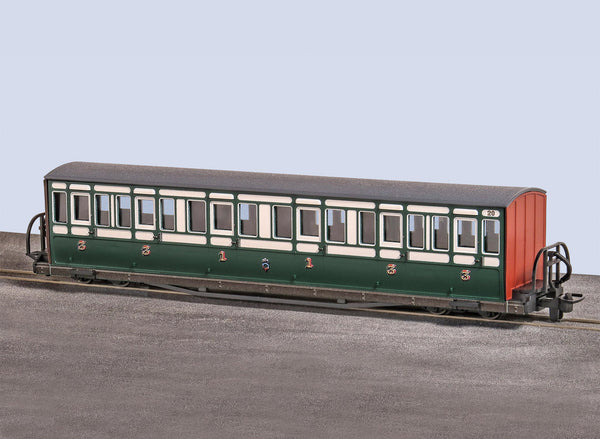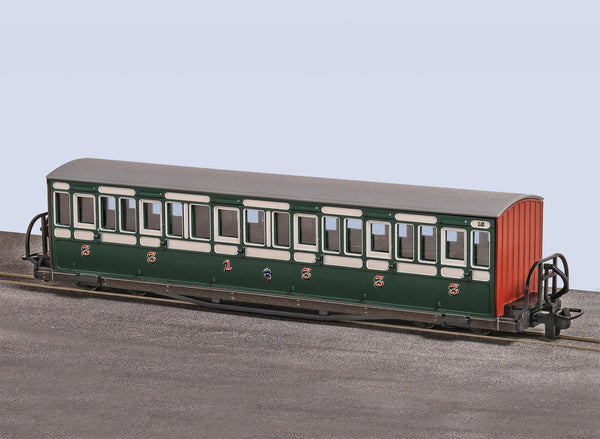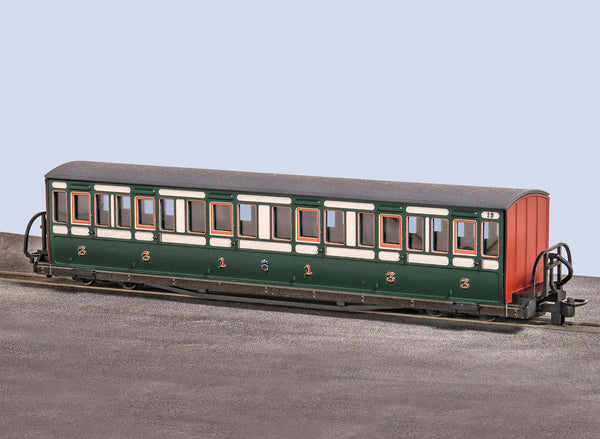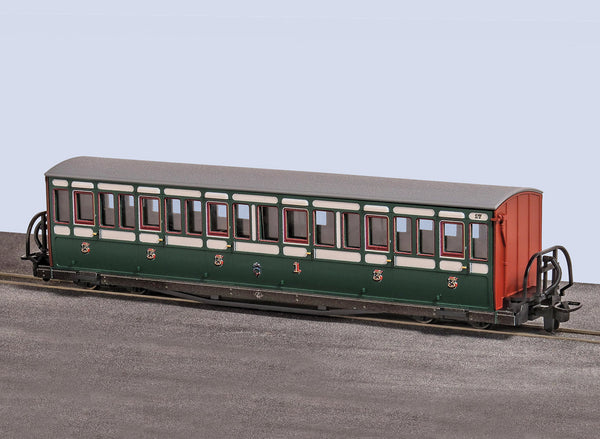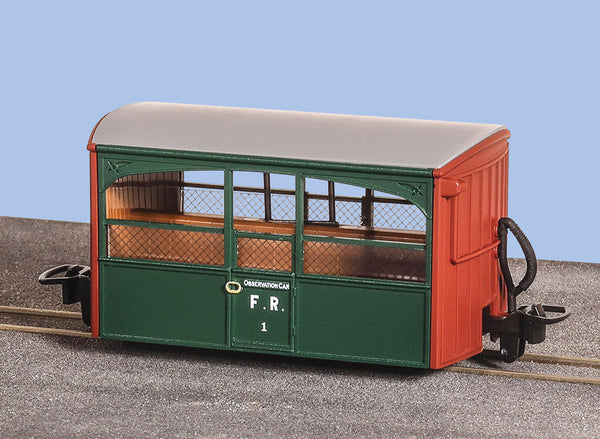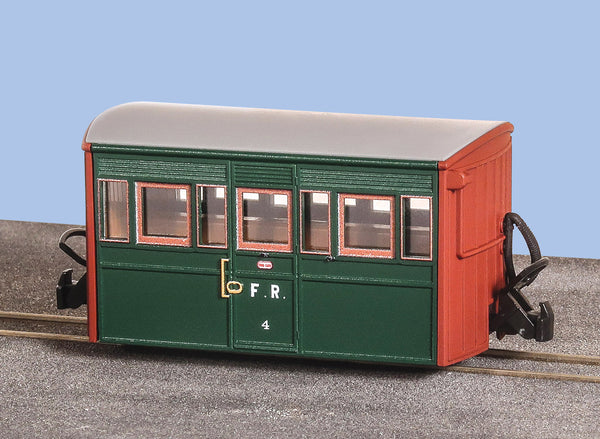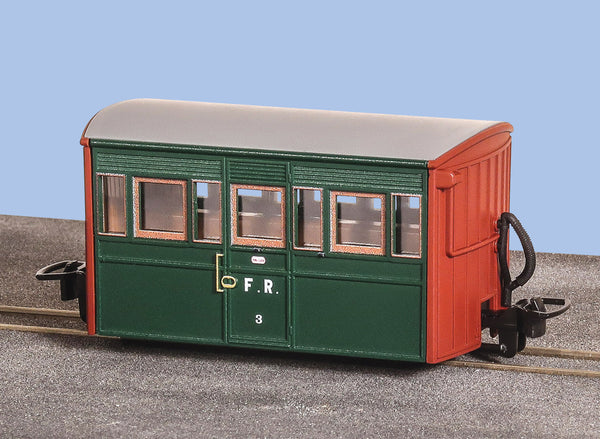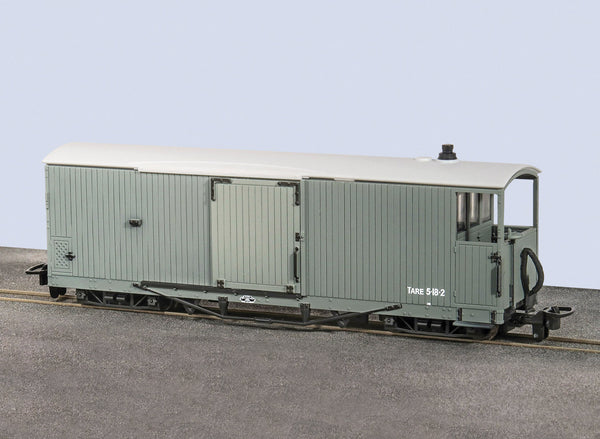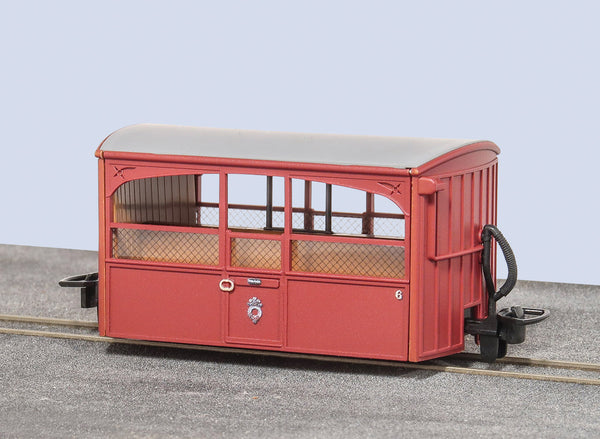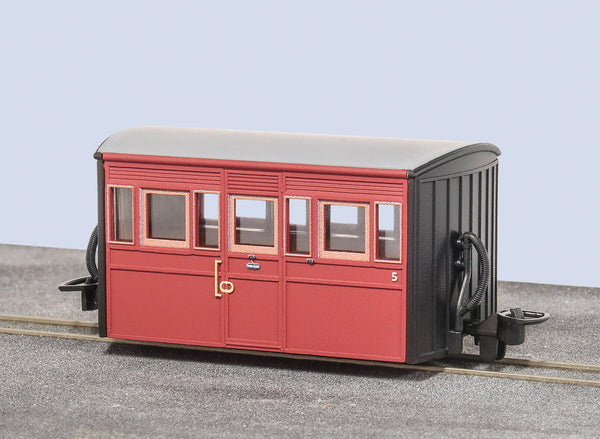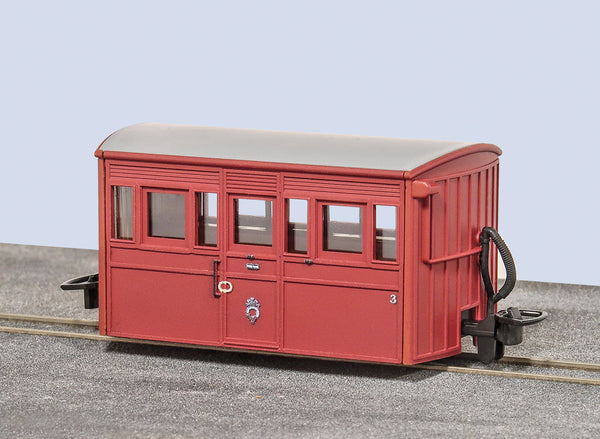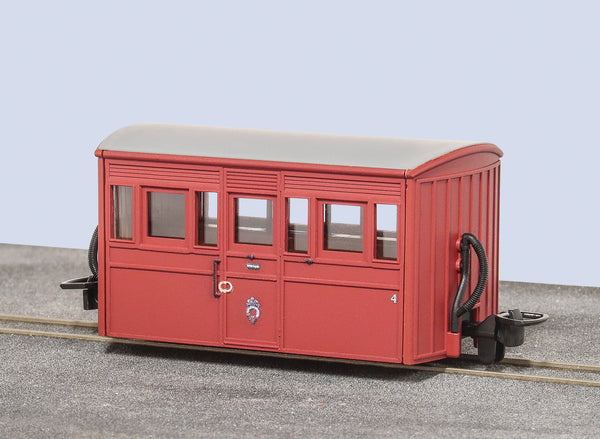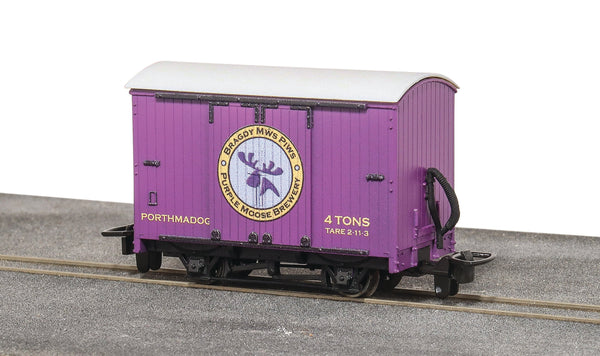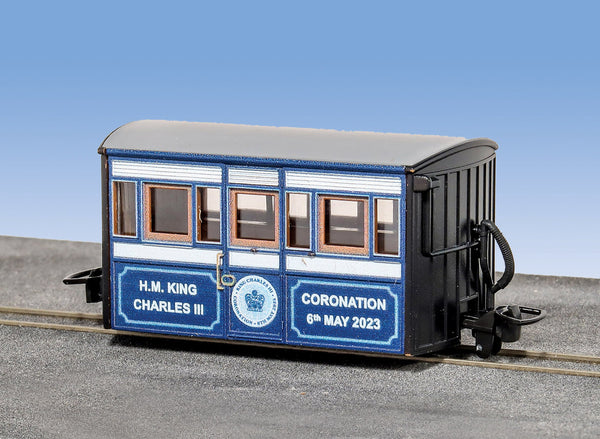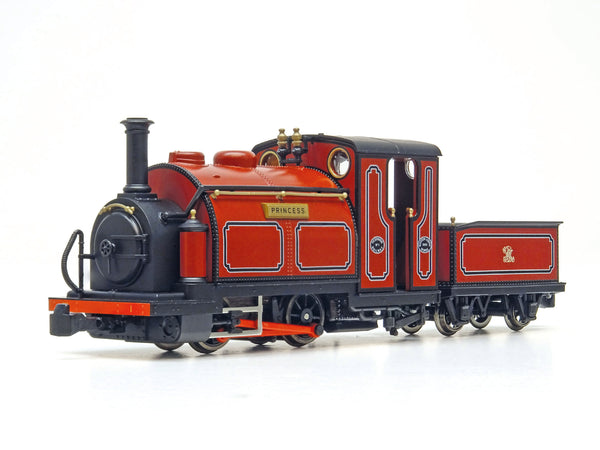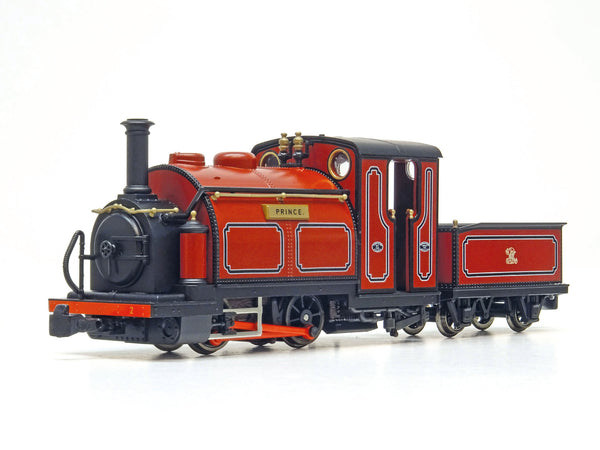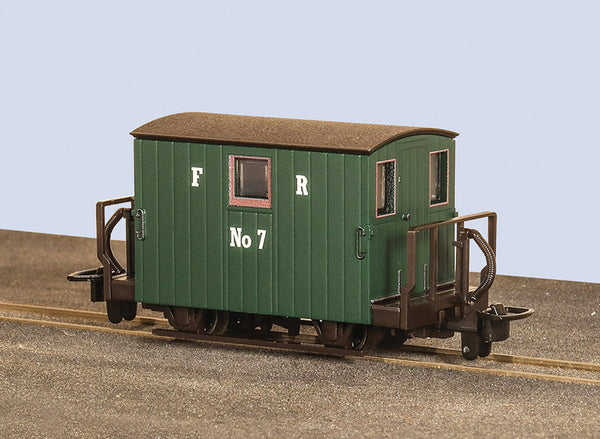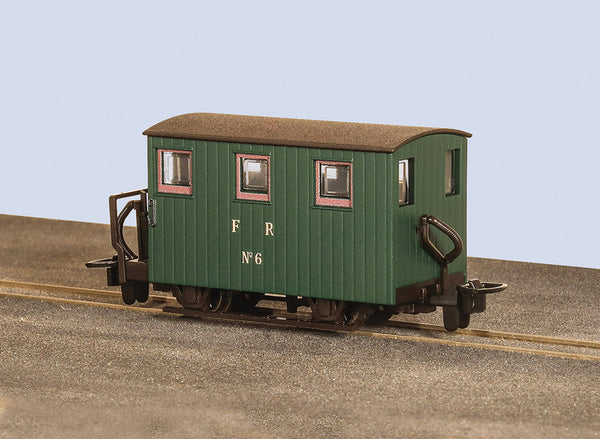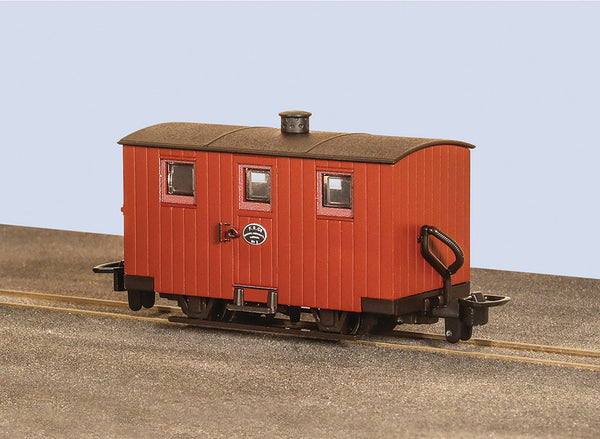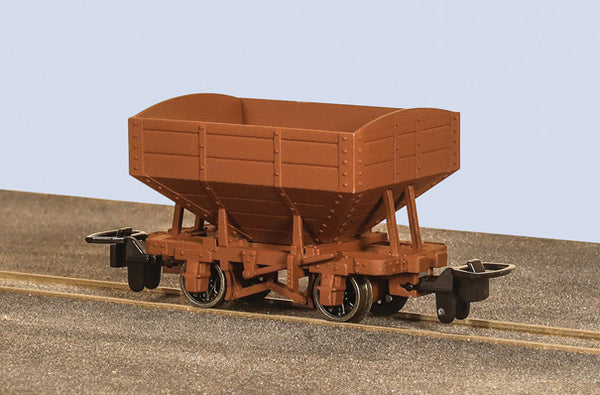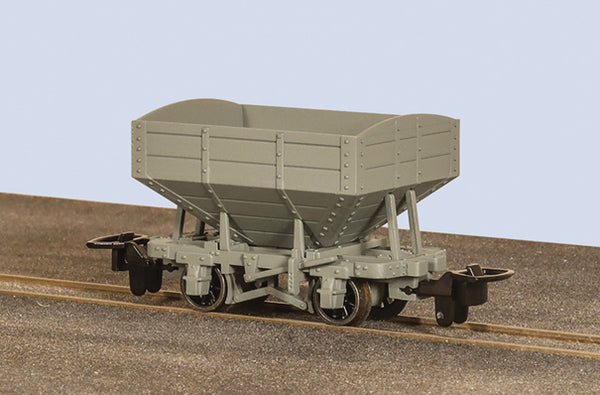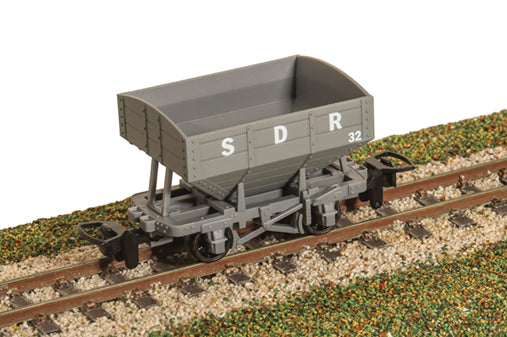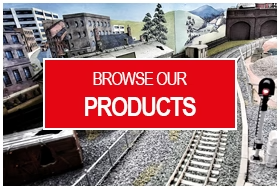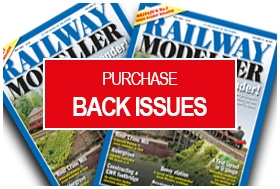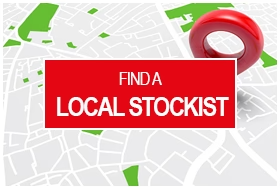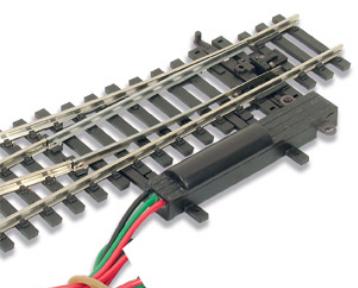BROWSE PECO PRODUCTS
Browse through our complete product portfolio.
147 Products Found
OO-9 Large England PECO/KATO Locomotive - 'Welsh Pony' (Purple Brown)
Available now!
Narrow gauge ready-to-run locomotives in 1:76 scale, 9mm gauge track. DC (analogue) core-less motor fitted within loco body giving smooth and reliable running. Loco and tender electrically connected – pick ups on front loco axles and two tender axles. Inner axle of loco fitted with traction tyres. Will comfortably negotiate 9inch/229mm radius curves. Fully decorated with fine lining and small details. Separate moulding supplied for handrails, and other details. Supplied fitted with standard PECO OO-9 coupling, Arnold N gauge couplings supplied separately.
Please note: DCC operation is possible with this model but it is not currently supplied as 'DCC-Ready' and will need to be carefully retro-fitted.
OO-9 Small England PECO/KATO Locomotive - 'Palmerston' (Maroon)
Available now!
Narrow gauge ready-to-run locomotives in 1:76 scale, 9mm gauge track. DC (analogue) core-less motor fitted within loco body giving smooth and reliable running. Loco and tender electrically connected – pick ups on front loco axles and two tender axles. Inner axle of loco fitted with traction tyres. Will comfortably negotiate 9inch/229mm radius curves. Fully decorated with fine lining and small details. Separate moulding supplied for handrails, and other details. Supplied fitted with standard PECO OO-9 coupling, Arnold N gauge couplings supplied separately.
Please note: DCC operation is possible with this model but it is not currently supplied as 'DCC-Ready' and will need to be carefully retro-fitted.
FR Short 'Bowsider' Bogie Coach - Early Preservation - Green 20
FR Short 'Bowsider' Bogie Coach - Early Preservation - Green 18
FR Short 'Bowsider' Bogie Coach - Early Preservation - Green 19
FR Short 'Bowsider' Bogie Coach - Early Preservation - Green 17
OO-9 Bug Box coach Col. Stephens Livery, Zoo car
The next batch of our Ffestiniog Railway 4-wheel "Bug Box" coaches are now in stock. These popular models continue to sell well and this next batch will be equally as sought-after as the others. We have paid a lot of attention to the livery characteristics of these coaches, ensuring that all details are as accurate as they can be, with some very fine printing detail and authentic colours. Free-running metal-tyred wheels are now fitted as standard to all of our new OO-9 releases.
OO-9 Bug Box Coach - Colonel Stephens Livery - No.4
OO-9 Bug Box Coach - Colonel Stephens Livery - No.3
L&B 8-ton Bogie Goods Brake Van OO-9
The next new livery for the L&B Goods Brake Van is this plain grey unlettered models, aimed at the freelance modeller.
Removing all references to the Lynton and Barnstaple Railway but leaving behind the useful detail such as tare weight and builder plate will please those OO-9 modellers who want to create their own unique and individual railway in miniature.
OO-9 Bug Box Coach 1970s/80s Livery, Zoo Car
Our NEW Ffestiniog Railway "Bug Box" coaches, wearing the plain red livery from the preservation era of the 1970s & 1980s. Plain they may be, but when you look closely, you will notice that actually there is plenty of very fine detail, including the FR emblem, door handles and running numbers.
OO-9 Bug Box Coach 1970s/80s Livery, No. 5
Our NEW Ffestiniog Railway "Bug Box" coaches, wearing the plain red livery from the preservation era of the 1970s & 1980s. Plain they may be, but when you look closely, you will notice that actually there is plenty of very fine detail, including the FR emblem, door handles and running numbers.
OO-9 Bug Box Coach 1970s/80s Livery, No. 4
Our NEW Ffestiniog Railway "Bug Box" coaches, wearing the plain red livery from the preservation era of the 1970s & 1980s. Plain they may be, but when you look closely, you will notice that actually there is plenty of very fine detail, including the FR emblem, door handles and running numbers.
OO-9 Bug Box Coach 1970s/80s Livery, No. 3
Our NEW Ffestiniog Railway "Bug Box" coaches, wearing the plain red livery from the preservation era of the 1970s & 1980s. Plain they may be, but when you look closely, you will notice that actually there is plenty of very fine detail, including the FR emblem, door handles and running numbers.
00-9 "Purple Moose Brewery" L&B Box Van
Based on the Lynton & Barnstaple box van, this partially fictitious livery will chime well with fans of the Ffestiniog Railway and the wider OO-9 community. Located in Porthmadog, centre of the universe as far as Welsh narrow gauge enthusiasts are concerned, beer from the Purple Moose Brewery is popular with many visitors to the area and is the inspiration for this unique little wagon. Why not visit their website and learn for yourselves the origins of this local brewer and the tale behind the very unusual name! PURPLE MOOSE BREWERY
OO-9 BUG BOX - KING CHARLES III CORONATION 2023 - LTD EDT
Celebrating the coronation of His Majesty the King on 6th May. We have produced a limited edition model in a coronation livery for both models, incorporating the official logo for this historical event.
The curiously-named "Bug Box" 4-wheel coaches were the first passenger carrying coaches built for the Ffestiniog Railway. Dating from 1864 to 1867 they were built by Brown, Marshall & company. The term "Bug Box is a more recent term given to them, possibly in the 1950s, and originally they were referred to as "Small Birmingham's".
OO-9 Small England PECO/KATO Locomotive - 'Princess'
Feast your eyes on the all new Ffestiniog Railway Small England 0-4-0ST+T locomotive, 'Princess', co-produced by PECO and the noted Japanese model railway manufacturer, Kato.
Finished as No.1 'Princess' and No.2 'Prince' both finished in Ffestiniog Railway heritage lined maroon livery.
OO-9 Small England PECO/KATO Locomotive - 'Prince'
Feast your eyes on the all new Ffestiniog Railway Small England 0-4-0ST+T locomotive, 'Prince', co-produced by PECO and the noted Japanese model railway manufacturer, Kato.
Finished as No.1 'Princess' and No.2 'Prince' both finished in Ffestiniog Railway heritage lined maroon livery.
OO-9 FR Quarryman Coach, Green, Brake Coach (Double Balcony)
From 1867 the Ffestiniog Railway used dedicated carriages to carry workmen to and from the slate quarries around Blaenau Ffestiniog. From 1885 to 1887, eighteen of what are now referred to as the ‘Type 3’ Quarrymen’s carriage were built featuring sprung axle boxes, one central door on each side and droplight windows. More of the same design were made to replace the older carriages and there were a total of thirty-six in the 1900s. Archive images show a significant number of these coaches being used to transport workers to the quarry site.
 
OO-9 FR Quarryman Coach, Green, Brake Coach (Single Balcony)
From 1867 the Ffestiniog Railway used dedicated carriages to carry workmen to and from the slate quarries around Blaenau Ffestiniog. From 1885 to 1887, eighteen of what are now referred to as the ‘Type 3’ Quarrymen’s carriage were built featuring sprung axle boxes, one central door on each side and droplight windows. More of the same design were made to replace the older carriages and there were a total of thirty-six in the 1900s. Archive images show a significant number of these coaches being used to transport workers to the quarry site.
 
OO-9 FR Quarryman Coach
From 1867 the Ffestiniog Railway used dedicated carriages to carry workmen to and from the slate quarries around Blaenau Ffestiniog. From 1885 to 1887, eighteen of what are now referred to as the ‘Type 3’ Quarrymen’s carriage were built featuring sprung axle boxes, one central door on each side and droplight windows. More of the same design were made to replace the older carriages and there were a total of thirty-six in the 1900s. Archive images show a significant number of these coaches being used to transport workers to the quarry site.
 
Snailbeach Hopper Wagon, Unmarked Brown
The Snailbeach District Railways system was located in Shropshire and was built to carry lead ore over a narrow gauge route with a gauge of 2ft 4 inches. The mines were located at Stiperstones and they transferred their ore to a connection with the Great Western Railway at Pontesbury.  A fleet of various hopper wagons was used to transport the ore and it is one of those wagons that is the subject of our new model. Opened in 1877 the railway was finally closed in 1959, latterly using tractors to move the hoppers after the end of steam.
Snailbeach Hopper Wagon, Unmarked Grey
The Snailbeach District Railways system was located in Shropshire and was built to carry lead ore over a narrow gauge route with a gauge of 2ft 4 inches. The mines were located at Stiperstones and they transferred their ore to a connection with the Great Western Railway at Pontesbury.  A fleet of various hopper wagons was used to transport the ore and it is one of those wagons that is the subject of our new model. Opened in 1877 the railway was finally closed in 1959, latterly using tractors to move the hoppers after the end of steam.
Snailbeach Hopper Wagon, SDR Grey
The Snailbeach District Railways system was located in Shropshire and was built to carry lead ore over a narrow gauge route with a gauge of 2ft 4 inches. The mines were located at Stiperstones and they transferred their ore to a connection with the Great Western Railway at Pontesbury.  A fleet of various hopper wagons was used to transport the ore and it is one of those wagons that is the subject of our new model. Opened in 1877 the railway was finally closed in 1959, latterly using tractors to move the hoppers after the end of steam.
